Description
Name in North American Boletes: Leccinum carpini
Genus: Leccinum
- Genus 2: Leccinellum (now merged back into Leccinum)
Species: griseum
- Species 2: carpini
- Species 3: pseudoscabrum
Common Name:
Tells: Wrinkled/pitted, dull- to blackish-brown cap adds olive tones & cracks/fissures w/age. White, curved-at-the-bottom stem w/dark scabers. Likes oak.
Other Information: White to gray pores darken w/age & bruise brown. Whitish buff flesh sometimes stains pinkish brown, slowly darkening & gaining bluish-gray tones. Scabers darken with handling, and may be reddish near the base. White mycelium. Leccinum c.f. carpini a/k/a Leccinum pseudoscabrum grows with hornbeam a/k/a ironwood. Both are on this site using the theory that different hosts justify different entries.
Science Notes: There is great confusion in the current nomenclature for North American Leccinums. This is an example. Once upon a time there was a N.A. mushroom named “Leccinum carpini” after its similarity to the European species of that name. It had a range from Canada south to Florida, west to Michigan. The name has now been changed to L. griseum (after a stay in the former genus Leccinellum), but the range has been limited to the South with a new species L. quercophilum limited to the north. L. crocipodium, and L. rugosiceps are the wrinkled-cap scaber-stalks with broad ranges. Who knows where it will end!
Edibility: Unknown, but in its former life as “Leccinum carpini” it was considered a good edible, and Leccinums tend to be extremely safe.
CHEMICAL TESTS:
- NH4OH (Ammonia): Cap skin turns brown. Flesh turns very pale yellow, becoming fuscous (brownish gray/black, maybe with some purple tones).
- KOH: Cap skin turns dark red brown. Flesh turns light brown.
- FeSO4 (Iron Salts): Cap skin has no reaction. Flesh turns greenish blue.
Links:
- iNaturalist
- Mushroom Expert (as Leccinum pseudoscabrum)
- Mushroom Observer
- Wikipedia
- Google Image Search
 |
0 |  |
0 |  |
200 |  |
242 |

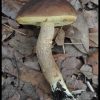
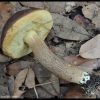
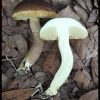
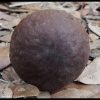
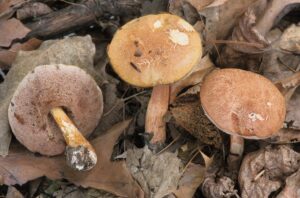
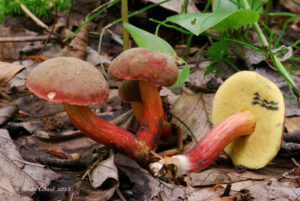
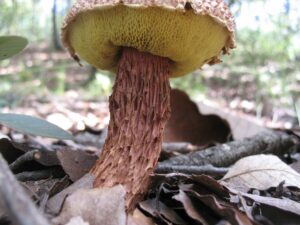
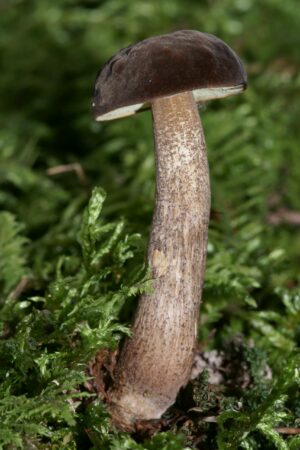
Got something to discuss?